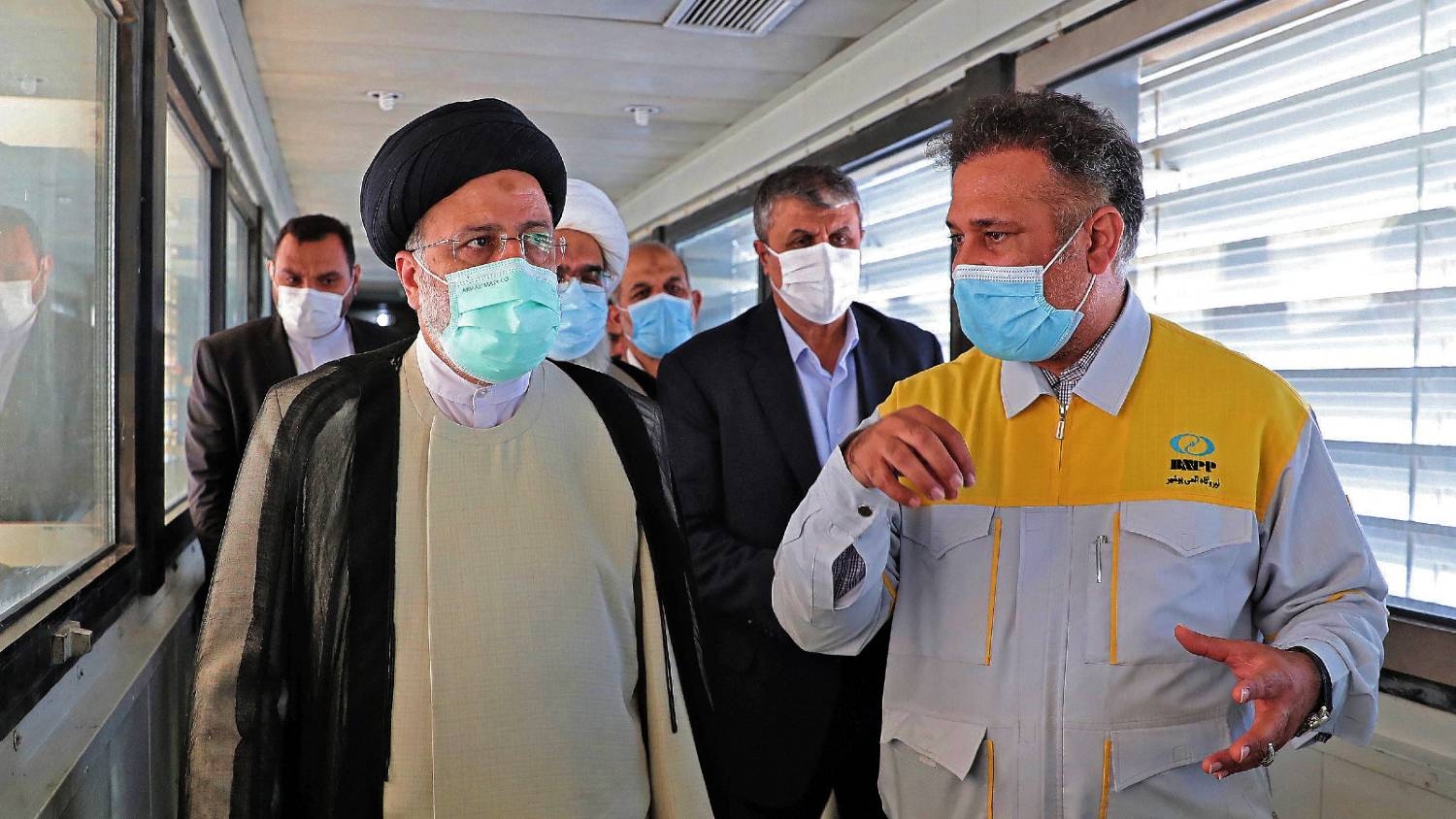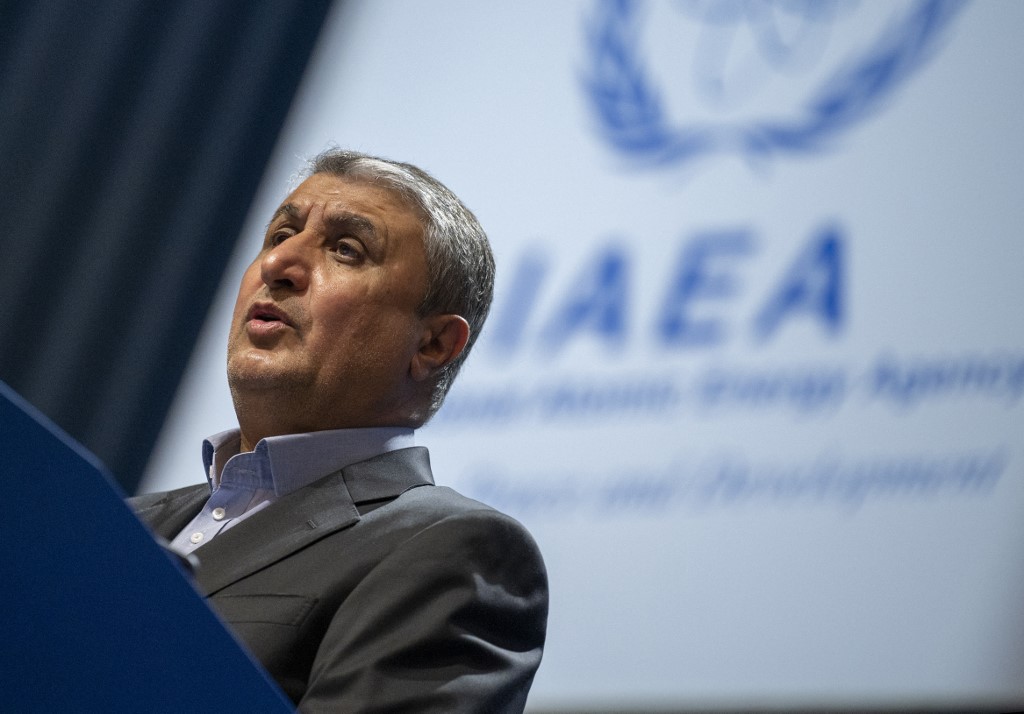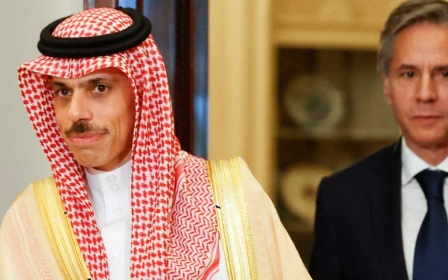The Iran nuclear deal is not dead. Here is how it can be revived

This week, the new Iranian administration is set to resume the nuclear negotiations with world powers that were suspended in June. Iranian Foreign Minister Hossein Amir-Abdollahian reiterated recently that Iran would soon return to the nuclear talks with world powers while continuing to verify whether the Western powers provide the necessary guarantees to honour their commitments.
Back in May 2018, former US President Donald Trump withdrew from the Joint Comprehensive Plan of Action (JCPOA) and imposed the most stringent regime of economic sanctions ever imposed on any country, even though Iran was at that time in full compliance with the JCPOA.
If Iran does not abide by the JCPOA, it faces severe economic sanctions, whereas if the US or other signatories do not abide by it, they face zero consequences
By strengthening its regional alliances and increasing its uranium stockpile, as well as upping the level of uranium enrichment (from five percent to 60 percent), Iran embarked on a "resistance strategy" in order to impose its own version of a maximum pressure policy on the US.
Trump's actions prompted Tehran to breach some of the accord’s nuclear restrictions, heading towards a point of no return on its nuclear programme, meaning that the US would not see any benefit in returning to a deal. The Biden administration has insisted that it is committed to diplomacy but would also be prepared to pursue "other avenues" to ensure that Tehran does not acquire a nuclear weapon.
“We're realistic. We know that there is every possibility that Iran will choose a different path. And we need to coordinate with Israel and other partners in the region,” said Robert Malley, the US special representative for Iran at an event hosted by the Carnegie Endowment for International Peace.
Major obstacles
A total collapse of the nuclear deal would be a disaster, but it is possible when you consider the major obstacles that stand in the way of reviving it. First, the US is now demanding “JCPOA plus” through engaging with Iran in follow-up negotiations. The US is trying to get concessions from Iran on a whole range of regional issues that could potentially curb its regional power projection.
Supreme Leader Ayatollah Ali Khamenei blamed the United States for tying its return to the deal to “future” negotiations over Iran’s missile programme and regional issues. Khamenei clearly stated that Iran would not accept foreign interference in its affairs relating to national security and its regional activities.
Second, Tehran is looking for assurances that the next US president (potentially a Republican) would not withdraw again from the deal. In the event of that happening, Iran is demanding that the remaining parties to the JCPOA provide guarantees that it would continue to enjoy the economic benefits it is entitled to under the agreement.
Moreover, the US Congress can - as it often does - justify the reimposition of sanctions related to non-nuclear issues such as human rights or regional activities, among others. In reality, neither the Biden administration nor P4+1 could provide such assurances to Iran.
Third, the arms embargo on Iran has created a substantial impediment to reviving the nuclear agreement. Based on JCPOA and UN resolution 2231, the UN conventional arms embargo on Iran expired in October 2020. The Biden administration is likely to face serious domestic pressures if it decides to rescind the executive order imposing secondary sanctions on conventional arms transactions with Iran. It is possible that the Biden administration would also follow Trump’s lead by preventing other countries from having a normal arms trade with Iran.
Unevenness of power
One should also not lose sight of the fact that there is a blatant unevenness of power when it comes to noncompliance with the nuclear deal. If Iran does not abide by the JCPOA, it faces severe economic sanctions, whereas if the US or other signatories to JCPOA do not abide by it, they face zero consequences.
Based on UN resolution 2231, the best option would be to revive the “JCPOA as is”, whereby all signatories fully comply. To enhance mutual trust, the world powers and Iran can agree on a “step by step” implementation mechanism. For example, as a first step, Iran would halt enriching uranium at 60 percent and the world powers would lift sanctions on the Iranian finance and banking sectors. As a second step, Iran would stop enrichment at 20 percent in return for sanction relief on Iranian oil. And so on.
The other alternative scenario could be a plan to begin with “JCPOA minus” (less for less) and to end with “JCPOA plus”.
JCPOA - as it stands - has two main pillars: first, a robust regime of “transparency measures”. Under JCPOA, as an objective guarantee toward no weaponisation, Iran has permanently committed to the highest level of transparency measures that have ever existed at an international level, including, the “additional protocol” and “subsidiary arrangement code 3.1 to the safeguard agreement”. As former US president Barack Obama noted, “this deal is not based on trust, it’s based on unprecedented verification”.
Second, multiple limitations have been imposed on Iran’s nuclear programme for specific periods as confidence-building measures, such as caps on the level, capacity and stockpile of the uranium enrichment programme. The JCPOA includes significant limitations on Iran’s nuclear programme, but those limitations have expiration dates. For example, the 10- and 15-year restrictions on the number of centrifuges and the amount of low-enriched uranium Iran can possess will be lifted.
Sanctions relief
Under the possible “JCPOA minus” scenario, and as an objective guarantee to maintain a “non-nuclear-weapon state”, Iran remains committed to all transparency measures. In exchange, the P5+1 would ensure some specific sanctions relief in critical sectors such as banking and oil.
In this scenario, Iran would not remain committed to the limitations defined in the JCPOA that stand against the rights of signatories to the Non-Proliferation Treaty (NPT) anyway - it could potentially become a nuclear threshold state but would not possess a nuclear bomb.
As a practical way for the verification of sanctions relief, President Ebrahim Raisi can provide a list of major infrastructural projects that he intends to execute, and the Biden administration can provide an Office of Foreign Assets Control licence for them. US approval enables other countries to sign contracts with Iran without being anxious about US retaliation.
To move from “JCPOA minus” to “JCPOA plus”, both Iran and the world powers would need to agree on a venue to negotiate the regional issues. If they opt for “JCPOA plus”, the best avenue would be to incorporate the framework of resolution 598, which was promulgated in 1987 during the Iran-Iraq war.
Resolution 598 requests the UN secretary-general to examine, in consultation with the countries in the Gulf region, measures in order to enhance the security and stability of the region. Under the supervision of the UN Security Council, countries around the Gulf can negotiate on a variety of regional issues such as terrorism, wars and the crises in Yemen, Syria, Iraq and Afghanistan.
In this scenario, Gulf countries would be able to negotiate and agree on a new "regional JCPOA plus" - a Gulf region free from nuclear and all weapons of mass destruction, coupled with a regional arrangement for conventional arms.
This might serve as a positive step forward towards negotiating other outstanding issues, including those that relate to the Middle East region. The prospects of negotiating other regional issues hinge upon the success of the nuclear negotiations.
The views expressed in this article belong to the author and do not necessarily reflect the editorial policy of Middle East Eye.
This article is available in French on Middle East Eye French edition.
Middle East Eye propose une couverture et une analyse indépendantes et incomparables du Moyen-Orient, de l’Afrique du Nord et d’autres régions du monde. Pour en savoir plus sur la reprise de ce contenu et les frais qui s’appliquent, veuillez remplir ce formulaire [en anglais]. Pour en savoir plus sur MEE, cliquez ici [en anglais].







